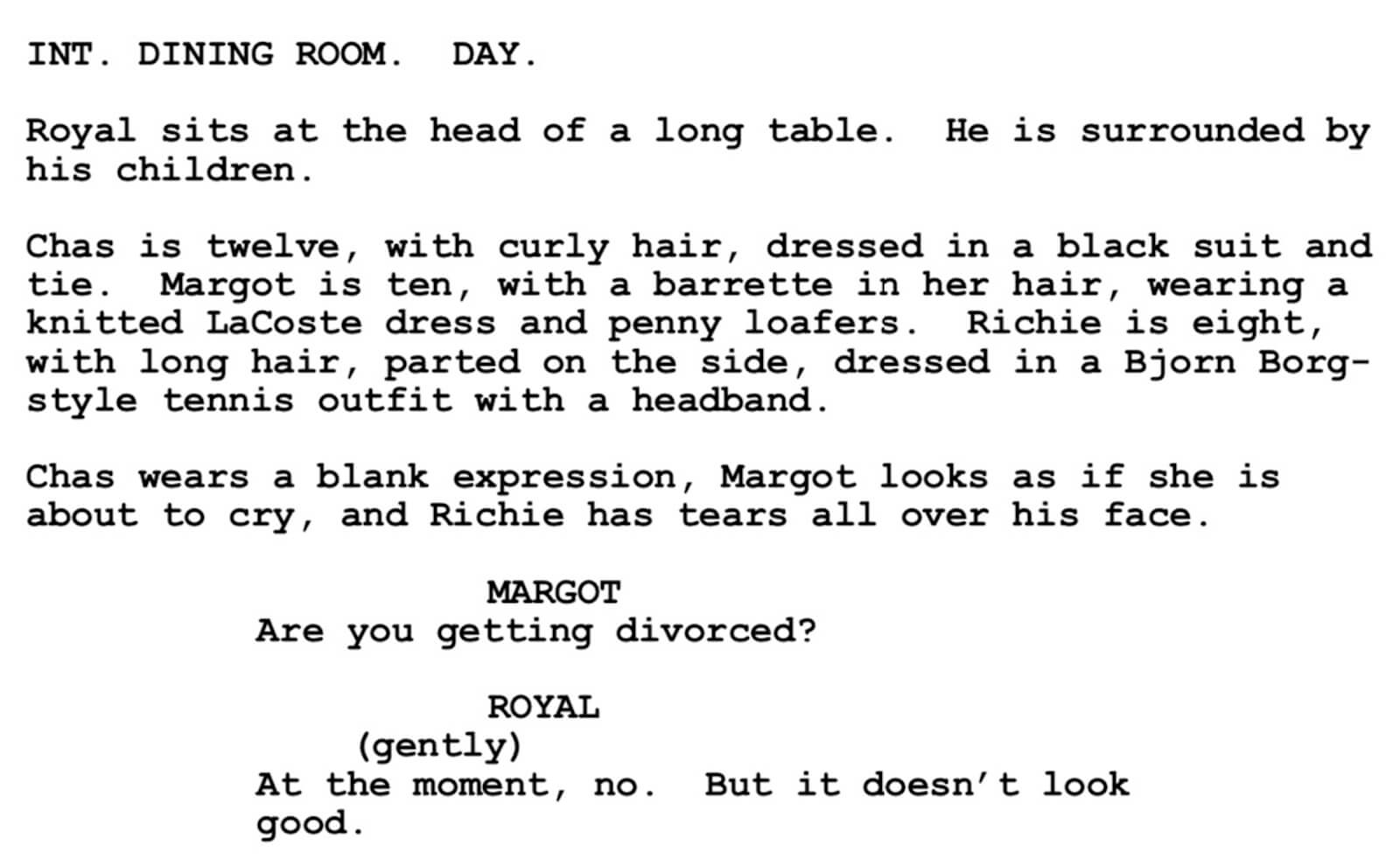

A slugline or scene heading is a line that directs the reader to where the action is occurring. The screenplay format contains the following key elements: 1. Scene Headings mark any change in location or time in your screenplay. Essential Elements of a Screenplay Template.
#Screenplay format slugline how to
For example, a romantic scene where a guy proposes to his boyfriend as the sun goes down is pretty important for that scene, so you’d be justified in putting ‘SUNSET’ in the slugline. The first screenplay Element type is a Scene Heading, also known as a Slugline. How to format script sluglines How should sluglines be formatted in a script The basic slugline is INT/EXT. Therefore, distinctions such as these should only ever be made if the specific time of day is crucial to the scene. Further still – sunrise, noon, sunset and midnight are even shorter. Having specific times detailed in the slugline particularly ones that rely on the position of the sun, make things difficult for filming (morning, afternoon and evening are a shorter period of time than ‘day’ and ‘night’. If the character does night shifts and therefore sleeps in the afternoon (which is still ‘day’), clues in the descriptions can clarify the situation, such as the sound of kids playing outside. BEDROOM – DAY followed by a description of someone waking up will make it fairly obvious it is morning. Sluglines are their own line in a script and often break up the length of a scene while also establishing the scenes pacing.

A simple DAY and NIGHT should suffice, especially as the scene descriptions will likely contain clues as to what time of day it is.įor example, INT. A slug line is a line within a screenplay written in all uppercase letters to draw attention to specific script information. This is because the decisions about ‘when’ the scene takes place and what it looks like won’t be finalised until the ‘shooting script’. Despite the ubiquity of this advice, I regularly receive. One constant piece of advice given to screenwriters by me and by every other screenwriting professional, consultant, and teacher out there is keep the length of your screenplay to 120 pages or less (or, these days, 110 pages or less). What makes up a screenplay page What does it look like Here are simple descriptions of the elements of a screenplay page: Slugline Also known as Scene. It’s usually best to stick with a simple DAY or NIGHT, because distinctions such as SUNRISE, MORNING, NOON, AFTERNOON, EVENING, SUNSET and MIDNIGHT can come across as too restrictive The length of the script really is important. Here are Writesofluid’s tips for good, concise sluglines… Seems simple, but sluglines are often overwritten and unnecessarily complicated. (INT is Interior & EXT is Exterior) which means where the action is taking place. They start from the left of the page with a margin of 1.5 inches, always in capital letters. How should sluglines be formatted in a script? The location where the scene is taking place is written in the scene heading.


 0 kommentar(er)
0 kommentar(er)
